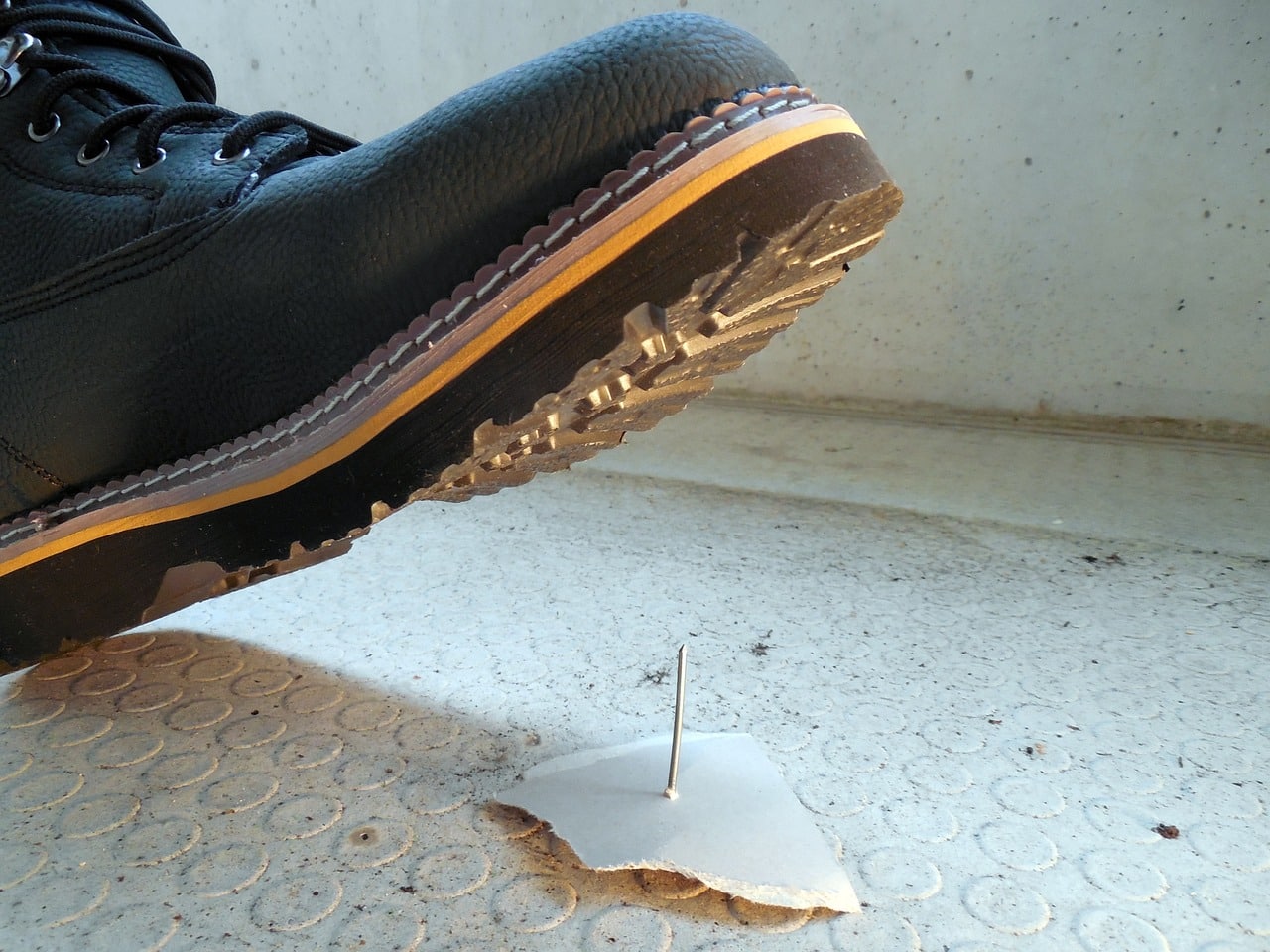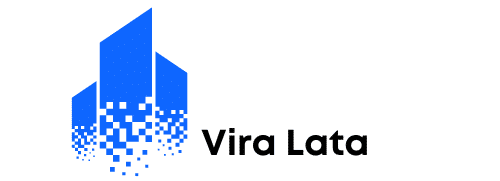Can AI predict and prevent workplace accidents?

Imagine a world where workplace accidents are a thing of the past. A world where potential hazards are identified and mitigated before they become a threat. This vision might seem far-fetched, but with the advent of artificial intelligence (AI), it is closer to reality than you may think. The integration of AI in the workplace offers a promising solution to enhance safety and prevent injuries. By leveraging data-driven intelligence, AI can predict and possibly prevent accidents, keeping workers safe and healthy.
The Role of AI in Workplace Safety
In today’s digital age, technology plays a significant role in every aspect of our lives, including at work. AI has paved the way for a new era in workplace safety. A system that combines AI and data can be a game-changer in identifying potential hazards and reducing the risk of workplace accidents.
A lire aussi : Unleash the thrills of the ultimate zombies mystery box!
AI works by processing vast amounts of data in real-time and leveraging machine learning algorithms to identify patterns and make predictions. In the context of workplace safety, AI can analyze data from various sources, such as equipment sensors, safety reports, and worker health records, to identify potential hazards and predict accidents.
For instance, if a machine is vibrating unusually, AI can detect this anomaly and alert the relevant personnel, thereby averting a potential accident. Similarly, by analyzing worker health data, AI can predict if a worker is at risk of an injury due to factors such as fatigue or repetitive strain, and preventive measures can be taken.
En parallèle : The future of AI in wildlife filmmaking and conservation
AI’s Potential to Predict Workplace Accidents
Predicting workplace accidents is not a straightforward task due to the multitude of variables involved. However, AI’s ability to process and analyze large volumes of data, coupled with its predictive capabilities, make it uniquely suited for this task.
What AI does is not magic, but the result of complex algorithms that can detect subtle patterns in data that human observers might miss. For instance, AI can predict the likelihood of a worker slipping and falling by analyzing data on floor conditions, the type of shoes the worker is wearing, and the worker’s gait.
The beauty of AI lies in its ability to learn over time. As it is exposed to more data, its predictions become progressively more accurate, further enhancing workplace safety. By predicting workplace accidents, AI gives us a much-needed heads-up, allowing us to implement preventive measures in real time.
How Can AI Prevent Workplace Accidents?
Preventing accidents is the ultimate goal of any workplace safety program. Here, too, AI can play a crucial role. By analyzing data in real time, AI can identify problematic scenarios as they arise and prompt immediate action.
Consider a scenario where a worker is operating a machine. AI can monitor the machine’s performance and the worker’s vital signs in real time. If the machine starts to malfunction or if the worker shows signs of fatigue, AI can alert the supervisors, allowing them to intervene and prevent a potential accident.
Moreover, AI can guide the design of safer work systems and processes. By analyzing accident data, AI can identify underlying causes and suggest changes to prevent similar accidents in the future. For example, if AI identifies that a significant number of accidents occur during a particular shift, it might suggest changes to shift schedules or staffing levels to mitigate the risk.
The Human Element in AI-Powered Safety Systems
While the power of AI in predicting and preventing workplace accidents is undeniable, it’s essential to remember the human element in this equation. AI is a tool, not a substitute for human judgement and expertise.
AI can analyze data and make predictions, but it is up to us, the humans, to act on these insights. We need to implement preventive measures, design safer work systems, and, most importantly, foster a culture of safety in the workplace.
Moreover, AI must be used responsibly. Worker health data, for instance, is sensitive information and must be handled with care. It is not just about legal compliance but also about maintaining the trust and confidence of workers.
The Future of Workplace Safety with AI
The potential of AI in enhancing workplace safety is enormous, but we are just scratching the surface. As AI technology continues to evolve and improve, it will become an even more vital tool in our quest to make workplaces safer.
In the future, we might see AI-powered safety systems that can not only predict and prevent accidents but also respond to them in real-time. Imagine an AI system that can deploy emergency response protocols, alert first responders, and even guide injured workers through first aid procedures.
To realize this vision, we need to continue investing in AI technology and data analytics. More importantly, we need to ensure that AI is used responsibly and ethically. Safety is not just about preventing accidents, but also about protecting the rights and dignity of workers.
In conclusion, AI has the potential to take workplace safety to new heights. It can provide us with a blueprint for a safer and healthier work environment, making our vision of a world without workplace accidents a tangible reality.
AI and Computer Vision: Advancing Safety Management
Computer vision is a branch of AI where computers are trained to interpret and understand the visual world. It combines machine learning and object detection to process images in real time. Computer vision has vast applications in many fields, including workplace safety.
Traditionally, safety inspections in workplaces were conducted manually, which was time-consuming and prone to human error. With computer vision, AI can analyze footage from surveillance cameras to identify potential risks and hazards. For instance, it can detect if workers are not wearing protective gear or if there are any unattended spills on the floor that could cause slips and falls. It could also monitor the proper usage of heavy machinery, reducing the risk of injuries.
Furthermore, computer vision can be used in safety training. By analyzing video footage of accidents, AI can provide valuable insights into what went wrong and how similar incidents can be avoided in the future. This data-driven approach to safety training could significantly enhance the effectiveness of safety protocols and contribute to creating a safer work environment.
However, like all technologies, computer vision has its limitations. It requires high-quality, clear images to work effectively. It also cannot interpret context or understand human emotions, which are crucial factors in many safety situations. Hence, while computer vision is a powerful tool for safety management, it should be used in conjunction with other safety measures.
AI’s Impact on Health Safety and Injury Prevention
One of the most promising applications of AI in workplace safety is in health safety and injury prevention. By analyzing workers’ health data and workplace conditions in real time, AI can identify potential health risks and recommend measures to prevent injuries.
AI can monitor workers’ vital signs, such as heart rate and body temperature, through wearable devices. If a worker’s vital signs indicate fatigue or stress, AI can alert the worker and their supervisor, allowing them to take a break and thus prevent potential accidents.
In addition, machine learning algorithms can analyze data from past injuries and identify common factors. For instance, if a particular type of injury is common among workers who perform a certain task, AI can suggest changes to the task or recommend additional safety equipment to prevent such injuries.
AI can also be used to tailor workplace wellness programs for individual workers. By analyzing health data, AI can recommend personalized exercise routines or dietary changes to improve workers’ health and reduce the risk of injuries.
Conclusion: Toward a Safer Future with AI
Workplace accidents are a significant concern, affecting the health and well-being of millions of workers worldwide. However, with the advent of AI, we are on the brink of a revolution in workplace safety.
AI offers a powerful, data-driven approach to identifying potential hazards, predicting workplace accidents and implementing safety measures in real time. With tools like machine learning and computer vision, AI can analyze vast amounts of data, detect patterns that might be missed by human observers, and provide valuable insights to enhance workplace safety.
Yet, it’s crucial to remember that AI is not a magic bullet. The human element is vital in this equation. AI can provide us with data and predictions, but it’s up to us to implement these safety measures. We need to foster a culture of safety, with workers and management systems working together to create a safe and healthy work environment.
Moreover, as we harness the power of AI, we must do so responsibly and ethically. Worker health data is sensitive and must be protected. Trust and dignity must be maintained.
In conclusion, AI has the potential to take workplace safety to new heights. With continued investment in AI technology and data analytics, and a steadfast commitment to ethical use, we can inch closer to our vision of a world without workplace accidents. AI can provide a blueprint for safer workplaces, making once unthinkable strides in workplace safety a tangible reality.
